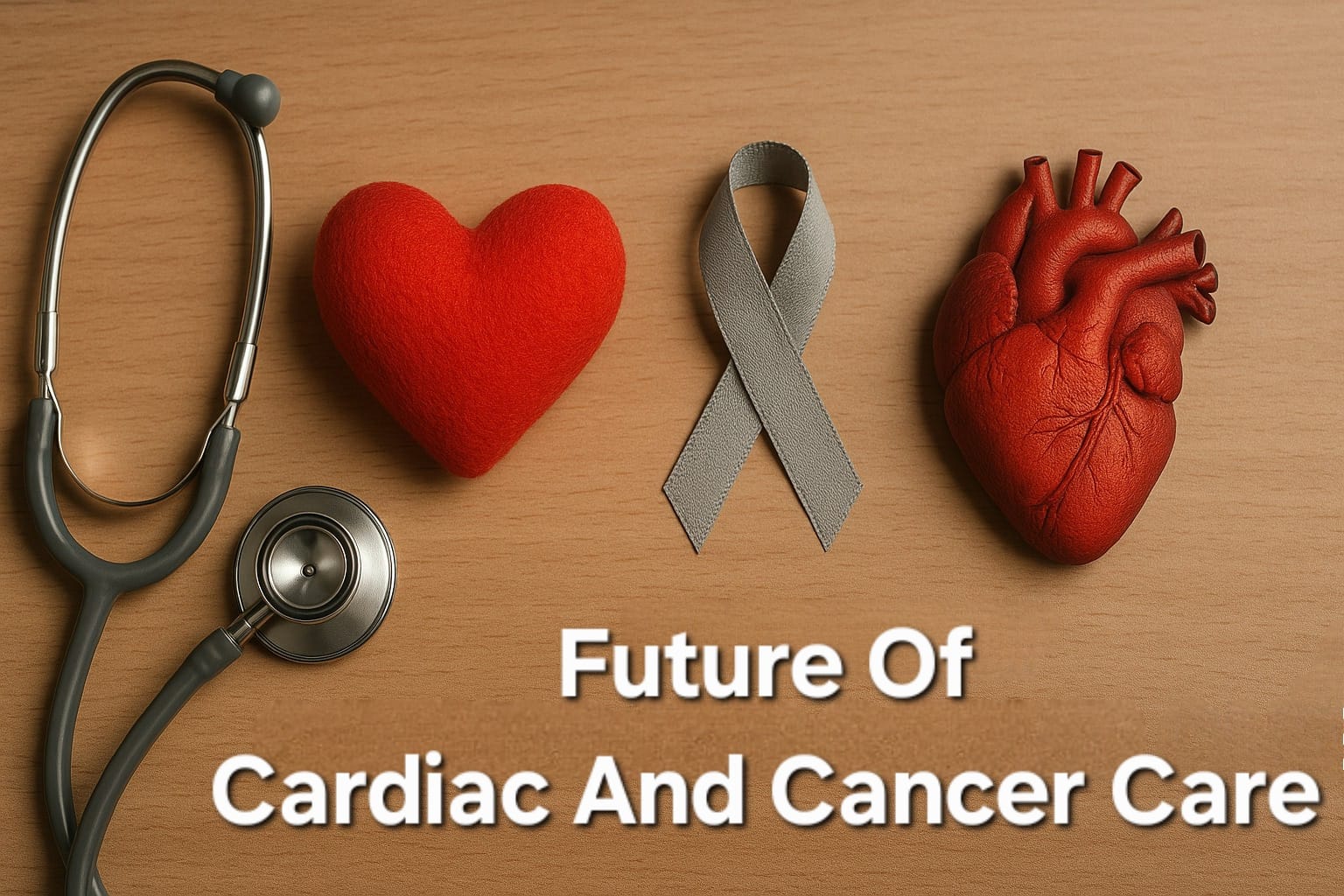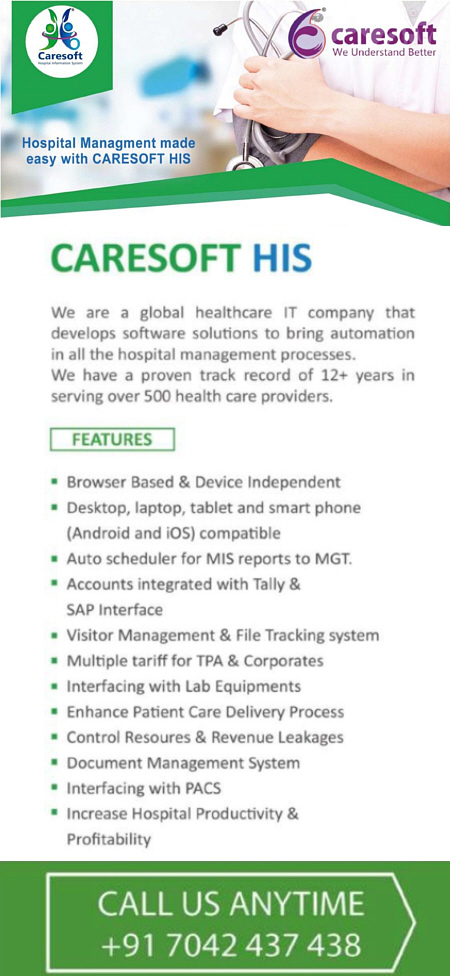Can Light Replace the Scalpel? Inside the Future of Cardiac and Cancer Care
For early-stage breast cancer, for infant heart repair, and for stroke prevention in TAVR, the scalpel may soon find itself used less often.

The evolution of medical science is not always about flashy discoveries. Sometimes, it's the silent, evidence-backed shifts in treatment paradigms that redefine the way we care for our patients. Recent developments in oncology and cardiology are painting a hopeful picture where less can be more, and where invasiveness might soon give way to precision and compassion.
For decades, surgery has been the mainstay of breast cancer treatment. But what if certain patients could be spared the scalpel without compromising outcomes?
An investigative study has suggested a possibility once thought radical: skipping surgery altogether in selected cases of early-stage, invasive breast cancer. These are patients who have undergone chemotherapy and shown no visible remnants of cancer upon detailed imaging and biopsy.
While this concept might raise eyebrows, the follow-up data from a small but rigorously monitored patient group has been nothing short of remarkable. Five years post-treatment, none of the individuals experienced cancer recurrence or mortality related to their disease.
The success of this approach lies not in hope but in the science behind an advanced, image-guided, vacuum-assisted biopsy technique. Unlike standard methods, this allows for more accurate sampling, reducing the chance of missing microscopic disease.
What does this mean for clinical practice? While larger trials are ongoing, the findings raise the possibility of a paradigm shift: where, in specific subsets of HER-2 positive or triple-negative early breast cancer, radiotherapy may effectively replace surgery when preceded by a complete response to chemotherapy.
On a different front, cardiology is witnessing its own quiet revolution. In the realm of congenital heart defects in infants, where temporary pacing is often critical for post-surgical recovery, a dissolvable pacemaker no bigger than a grain of rice has emerged as a beacon of innovation.
This device, inserted using a syringe, is activated by light emitted from a wearable sensor placed on the child’s chest. It is designed to dissolve naturally after about a week, precisely matching the duration for which most newborns require pacing.
The implications of such a device are profound. No second surgery is needed for removal. The device is biocompatible, leaving behind no residue, no scarring, and no future complications from a foreign object.
Though currently tested in animal models and donor hearts, the early results offer immense promise. For neonatologists and pediatric cardiologists, this could mean a safer, more compassionate post-operative journey for their smallest patients.
When it comes to protecting the brain during heart valve procedures, logic suggests that inserting a filter device to catch debris should lower the risk of stroke. However, recent large-scale clinical data suggests that this may not always hold true.
A study analysing outcomes from thousands of patients undergoing transcatheter aortic valve replacement (TAVR) showed no significant difference in stroke rates between those who received cerebral protection devices and those who did not.
This challenges the assumption that routine deployment of such filters should be standard practice. With minimal difference in clinical outcomes, and considering the added cost and procedural complexity, the medical community must now re-evaluate the risk-benefit ratio of these tools.
This doesn’t negate the potential value of embolic protection devices entirely. Instead, it points toward a more nuanced approach reserving them for selected high-risk patients, rather than applying them universally.
The common thread in these three developments is a shift toward personalized, evidence-driven, and minimally invasive care.
For oncology, the potential to avoid surgery in breast cancer isn't just about avoiding pain or scars. It's about respecting the psychological and physiological toll surgery takes, especially when radiation and chemotherapy have already achieved a complete response.
In pediatric cardiology, using technology that dissolves naturally redefines what compassionate care can look like. It takes into account not just survival, but long-term quality of life, especially in those whose lives are just beginning.
And in interventional cardiology, the willingness to question the utility of well-accepted tools backed by robust data is a testament to the maturity of modern medicine, where patient benefit trumps procedural tradition.
For healthcare professionals, these studies highlight the importance of continuous re-evaluation of what constitutes standard of care.
1. Breast Cancer Management: Oncologists and radiologists must now consider whether some surgical interventions might soon be optional. Multidisciplinary teams should stay abreast of ongoing trial data, and begin discussions on the future of breast-conserving therapy.
2. Congenital Cardiac Care: Pediatricians and cardiologists can begin envisioning a future where post-op recovery is less invasive, with fewer complications and greater comfort for infants. The idea of bioresorbable devices could extend to other pediatric interventions as well.
3. Stroke Prevention in TAVR: Cardiologists performing TAVR need to reconsider their protocols regarding embolic protection. Patient selection and individualized risk assessment may take on a larger role.
Across all three innovations, imaging and diagnostic accuracy play a central role. Whether it's confirming the absence of residual tumor, guiding light to activate a pacemaker, or ensuring cerebral safety during TAVR, precision has become non-negotiable.
This further highlights the need for radiologists and diagnostic specialists to stay aligned with clinical researchers. Technological collaboration, rather than procedural siloing, is the way forward.
While these breakthroughs are driven by data, they also cater to an underlying shift toward empathy in medicine. Each innovation answers a deeper patient need: less pain, fewer procedures, more trust.
Skipping surgery in breast cancer respects body autonomy. A dissolving pacemaker prevents repeat surgeries in fragile newborns. Avoiding non-beneficial procedures in TAVR respects both outcomes and resource allocation.
These aren't just statistics or clinical endpoints. They're reflections of a medical ethos that's evolving.
Doctors are not merely implementers of guidelines. They are stewards of a patient’s journey, capable of balancing evidence with lived experience.
As medicine becomes more data-rich, the role of the physician is to interpret and apply that data with nuance. These new studies invite clinicians to question, to explore, and to evolve not for the sake of novelty, but for the betterment of care.
Perhaps not entirely. But in some pockets of care, we are inching closer to it and that in itself is revolutionary.
For early-stage breast cancer, for infant heart repair, and for stroke prevention in TAVR, the scalpel may soon find itself used less often. And when that happens, it won't be due to mere preference. It will be because rigorous research showed us a better way.
 Sunny Parayan
Sunny Parayan
#FutureOfMedicine #MedicalInnovation #BreastCancerAwareness #OncologyBreakthrough #CardiacCareFuture #PatientFirst #HealthInnovation #MedicalResearch
